This monograph traces the courses of three revolts in Bengal between AD 1575 to 1715 and attempts to analyse the changing perceptions of these revolts in the nineteenth century discourses. The study looks at the emergence of the urban centres on the Bhagirathi river after the fall of Gaur in late sixteenth century. It show the transformation in Bengal during the sixteenth century with the rise of Arakan and the increasing Portuguese piracy in both the eastern and western parts of Bengal and how the newly emerging urban centres in the western parts of Bengal were influenced by the neo-Vaishnavism of Chaitanya. With the fall of Gaur and the Mughal conquest, Afghans and semi-autonomous zamindars set up their headquarters in eastern Bengal. At least two of these revolts against the Mughals occurred in coastal Bengal, where the adventurers tried to set up independent principalities with the help of the Arakan power and the Portuguese pirates. Yet the determined movement of the Mughals helped to set up Pax Mughalica, which, in turn, helped the growth of trade and commerce with its increasing linkages with north India and Europe, particularly from the second half of the seventeenth century. The banks of the Bhagirathi saw rapid growth of urbanisation with the disappearance of the Portuguese from Hughly. Here the course of the revolt of a petty zamindar has been traced, who targeted these defenceless urban areas at the end of the seventeenth century that saw the fortification of European enclaves, the first stage of their claim of extra-territoriality. The third section of this monograph attempts to analyse the late nineteenth and early twentieth centuries Bengali and English perception of these revolts in the background of the growing momentum of freedom struggle. Such perception portray different attitude in literary and historical works and were often coloured by communal passions. At least two of these rebels were turned into heroes, on the model of Rajput and Maratha fighters of medieval days, in the Bengali nationalist historiography, which confronts the colonial perception of "law and order" on the one hand and communal division on the other. How far these different strands of historiography affected each other in their appreciation of the past has been discussed here. This monograph, based on contemporary documents in English, French, Persian and Bengali languages, tries to trace the socio-economic changes in Bengal in late medieval period and presents an alternative set of analyses, in which the neglected history of the coastal society of Bengal has been brought out from oblivion.
Adventurers, Landowners and Rebels, Bengal C. 1575-c. 1715
In stock
Free & Quick Delivery Worldwide
reviews
Bibliographic information
Title
Adventurers, Landowners and Rebels, Bengal C. 1575-c. 1715
Author
Edition
1st ed.
Publisher
ISBN
812150743X
Length
286p., Maps; 22cm.
Subjects

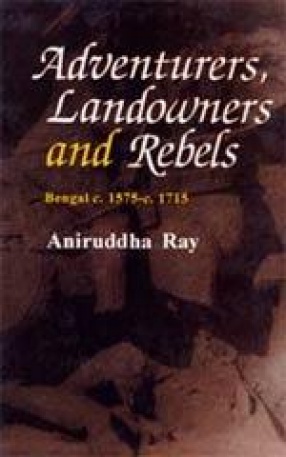
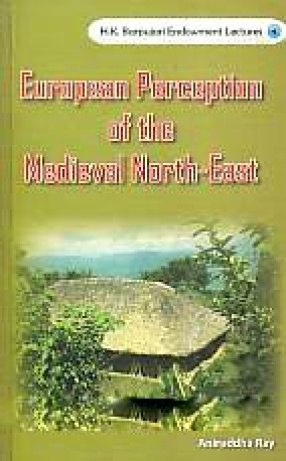
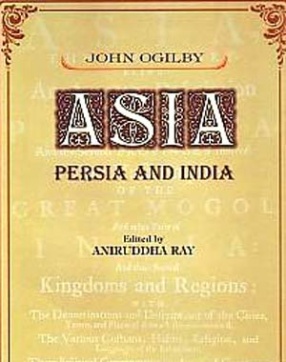

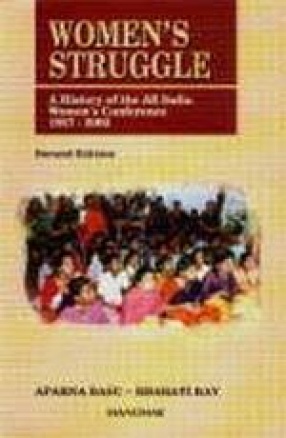
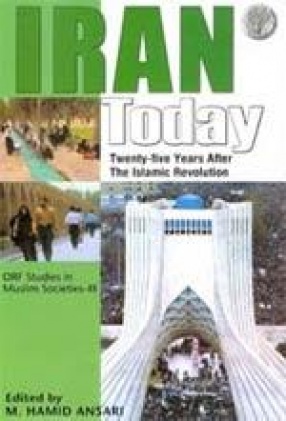
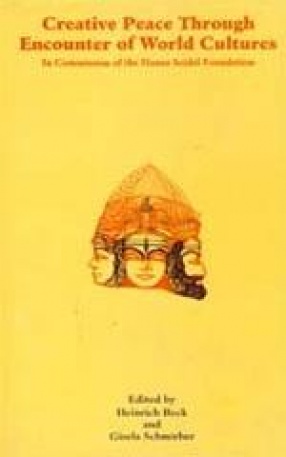
There are no reviews yet.